
When we talk about orthodontic treatment, traditional metal braces are what most people would picture; metal brackets with thin metal wire in the front teeth. However, alternative treatment options grow over time, such as lingual braces, clear aligners, and ceramic braces, to achieve your desired smile.
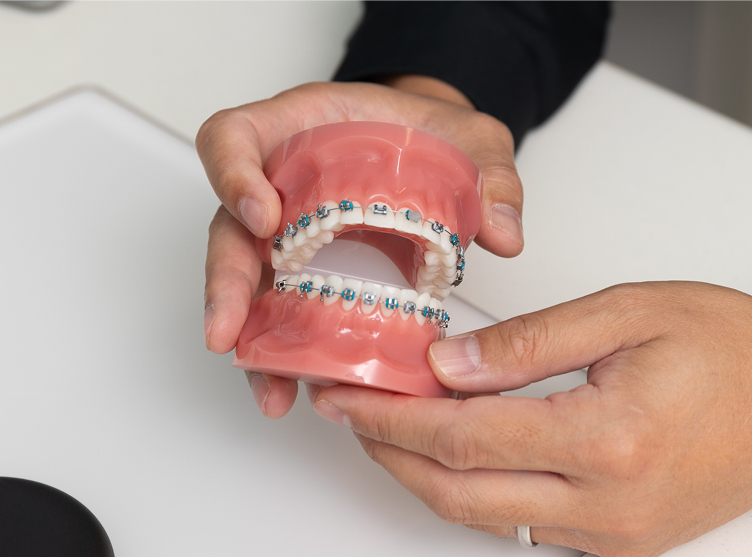
With these orthodontic braces available as a treatment option, should you forego traditional metal braces? This article will dive deeper into if traditional braces are the treatment to help you achieve your desired smile.
What are Metal Braces?
Metal braces consist of brackets and wires to align teeth and correct dental issues. The metal brackets are attached to each tooth using an adhesive. Then archwires (metal wires) are threaded through the brackets and tightened with elastic bands that apply gentle pressure to guide teeth to the desired position. During treatment, the archwires are gradually tightened or adjusted for bite correction or improved teeth alignment.
Who is it suitable for?
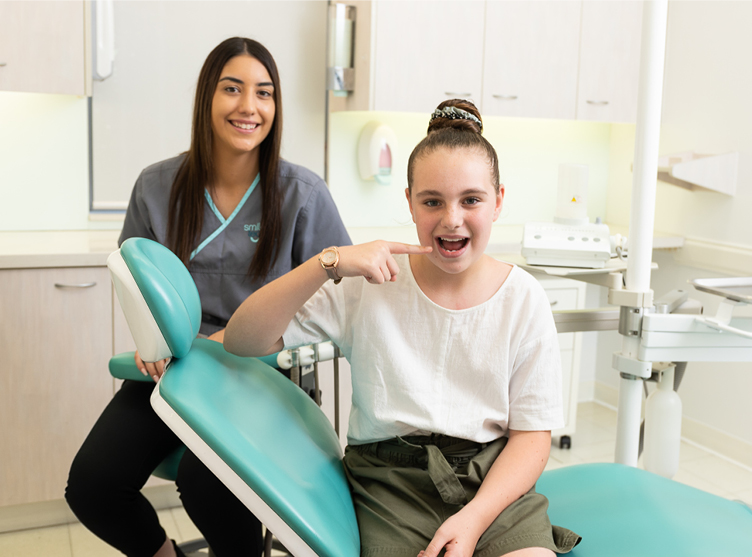
Metal braces suit major and minor orthodontic cases. During your initial consultation, you will discuss the options available and if traditional braces fit you.
Generally speaking, most patients that have permanent teeth are a candidate for metal braces. It is popular for all ages, from young children to adults. Metal braces are not only to straighten crooked teeth but can also help with crowding, overbites, underbites, and other orthodontic cases.
Benefits of Metal Braces
In addition to being the most effective option available, metal braces offer several unique benefits that make them an ideal choice in some circumstances.
Extreme long lifespan
They last for the duration of your orthodontic treatment.
Cost-effective
Payment plans for braces typically cost less than clear aligners or ceramic braces, making them an attractive option for those concerned about budget.
Flexibility in terms of treatment options
They allow for a wide range of movements and adjustments, making them suitable for correcting even the most complex cases of misalignment.
Durable
They can handle the wear and tear of day-to-day life without becoming damaged or worn out.
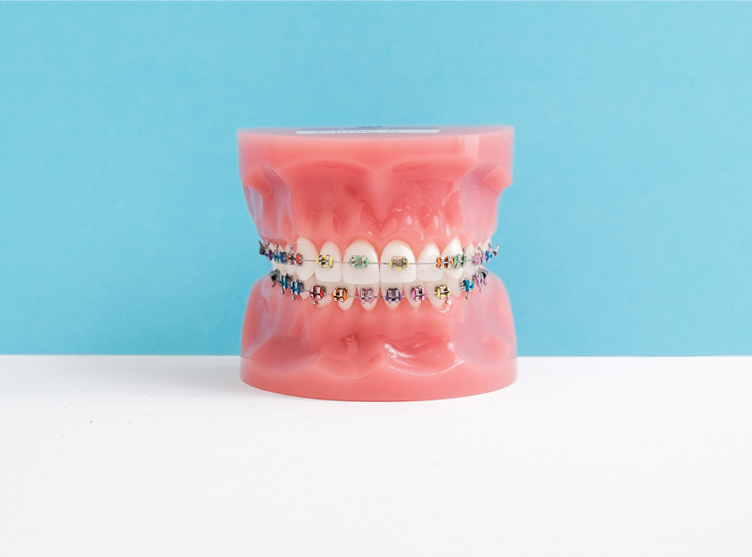
What are the best metal braces colours to get?
When it comes to metal braces, the brackets will be silver. Silver is a timeless classic that looks great with any clothing. It also creates a subtle look that will draw little attention to your teeth.
With coloured elastics, you can also choose to colour-coordinate your braces with your clothing by selecting colours like pink, blue or purple that contrast or match your clothes.
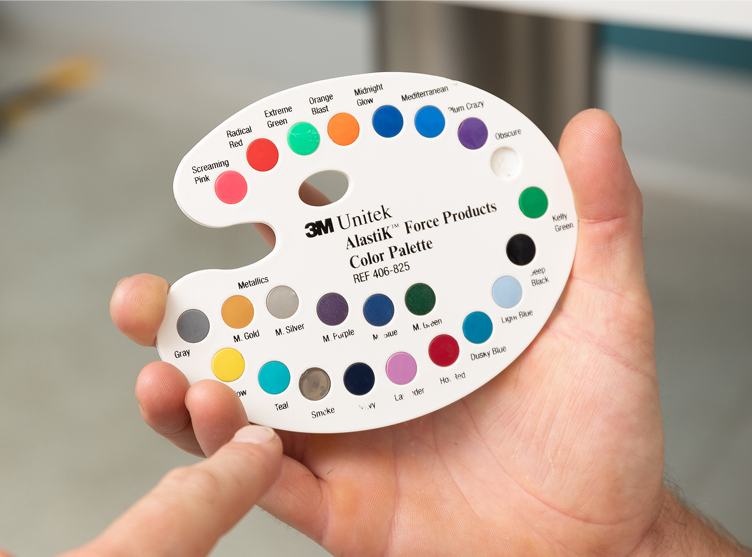
How much does it cost?
The cost of metal braces can vary depending on your treatment’s complexity, duration, and location. Generally, metal braces cost anywhere from $5,000 to $9,000 for a full set. However, some insurance plans cover some or all of the costs associated with orthodontic care.
Additionally, a treatment plan can often be available to help cover the cost of braces. It’s important for individuals considering metal braces to speak with their orthodontist before committing to treatment to get an accurate estimate of their final expenses.
Frequently Asked Questions
Do metal braces work faster?
Metal braces are the most effective for efficiently aligning teeth. Braces work typically faster than other types of braces due to their firmness and strength, allowing them to make quick adjustments in a shorter amount of time. Metal braces also allow for precise positioning and movement of the teeth, which can provide a more accurate outcome in the end.
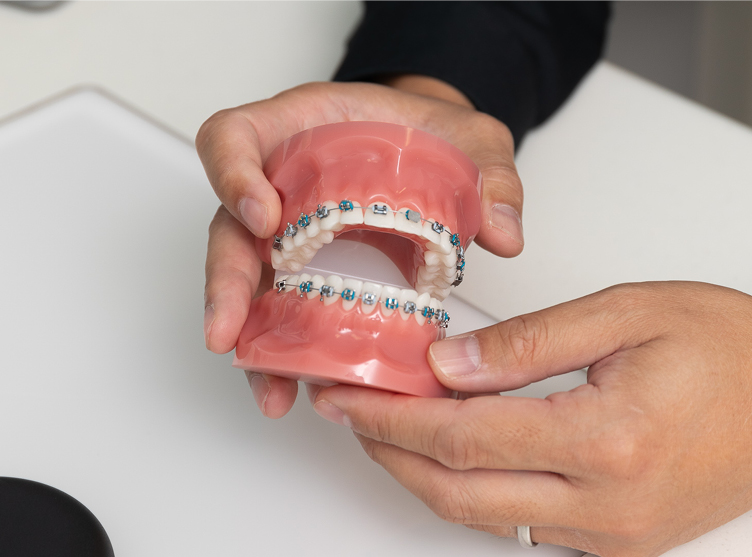
How painful are metal braces?
Metal braces may be painful for a few days after each adjustment, but the pain usually subsides quickly. People often report soreness in their teeth and jaws during treatment. You can manage discomfort with over-the-counter pain medications and cold compresses. Your orthodontist will also offer wax to cover any protruding wires or brackets.
How long does treatment last?
Metal braces treatment typically lasts anywhere from 18 months to three years, depending on the case’s complexity. Generally, adults require more time than children as they may need to address previous orthodontic problems before treatment can begin. The duration of the treatment can also depend on the severity of misalignment and how well patients follow their orthodontist’s instructions.
What are the disadvantages of metal braces?
Metal brackets can cause mouth irritations and general aches and pains throughout your mouth, jaw and teeth. Due to their awkward shape and size, food particles often get stuck between the brackets, which can lead to an increase in plaque and tooth decay if not cleaned properly.
Additionally, wearing metal braces can make it difficult for people to talk or eat chewy foods. Other disadvantages include the fact that metal braces are generally more visible than different types of orthodontic treatments, such as Invisalign. Because of this, many people feel self-conscious about smiling or speaking in public while wearing them.
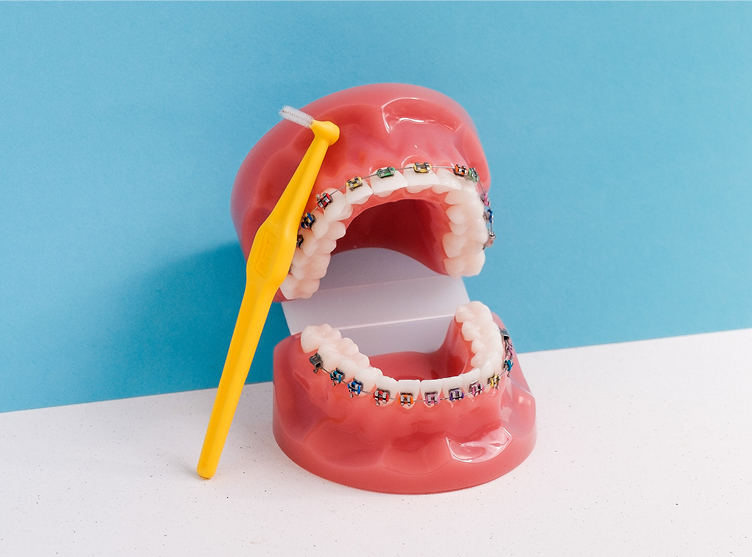
Will my teeth be straight once the metal braces are taken off?
After your metal braces have been removed, the teeth may appear straighter. However, the alignment of your teeth can be affected by a list of factors, such as genetics, lifestyle habits, and environmental influences.
You will need to wear retainers to ensure the teeth stay in their new position or require further orthodontic treatment.
In Summary
Metal braces are one of the most effective and quickest way to align teeth among the other types of braces. Although they can be more visible during treatment and harder to clean. After removing your braces, you will need to wear a retainer to keep your teeth in their new positions.
If you are thinking of getting braces, consult your orthodontist so you can make an informed decision if traditional braces are a suitable orthodontic treatment option for you. With proper care and maintenance, metal braces can help you achieve your most wanted smile.

